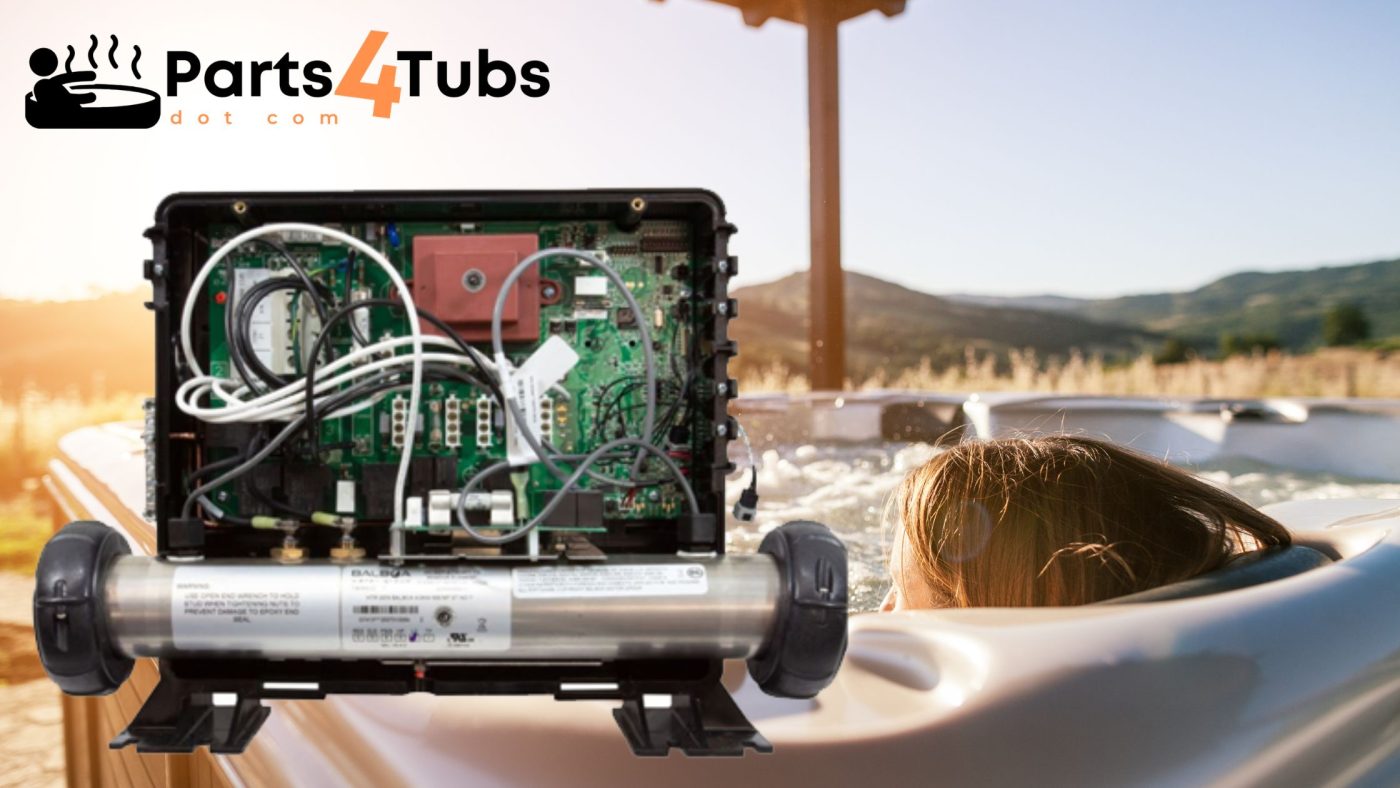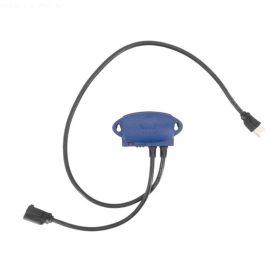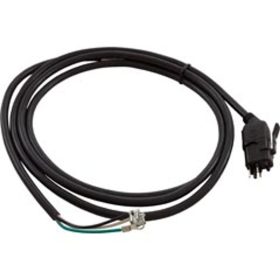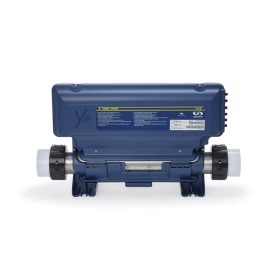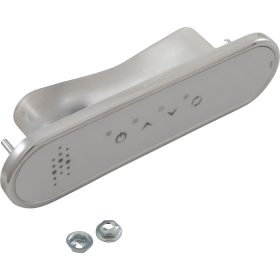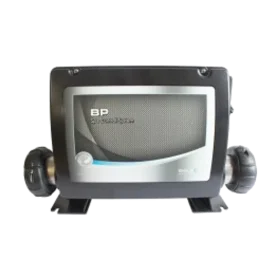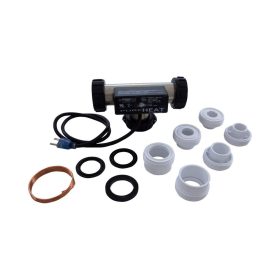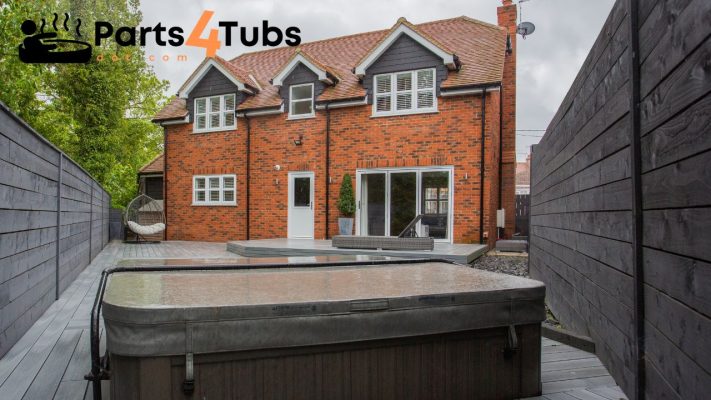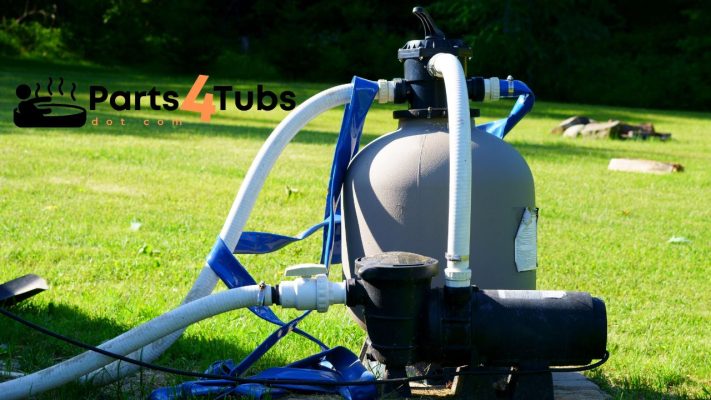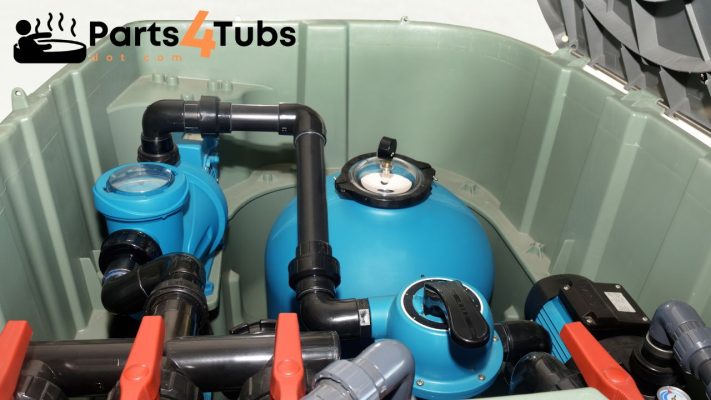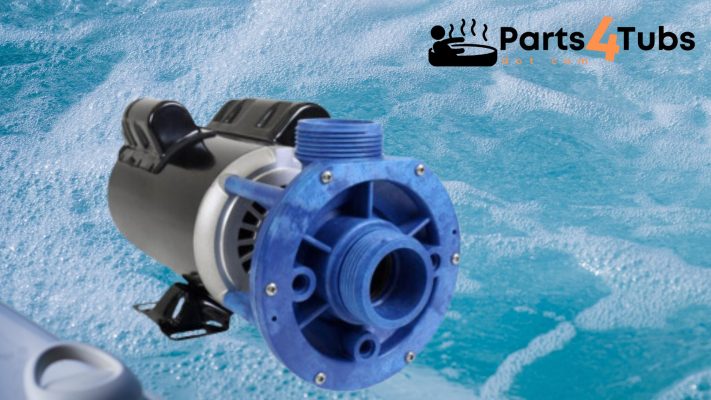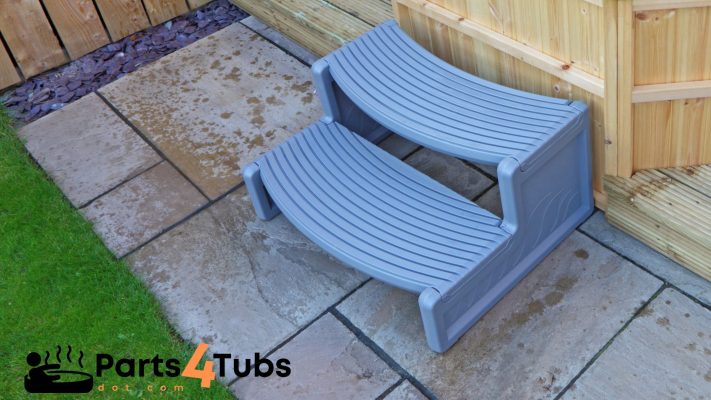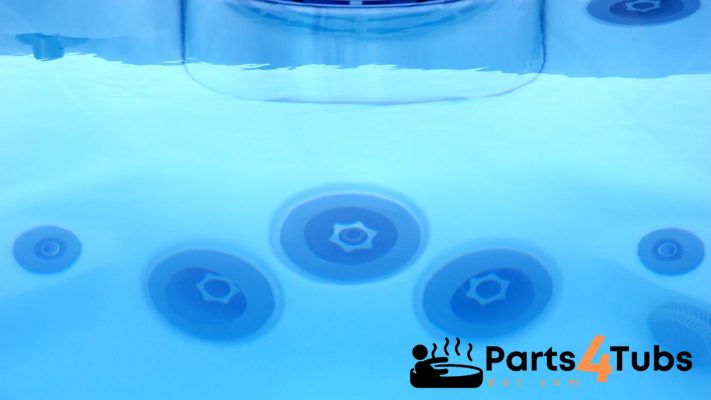Hot Tub Parts Related
Replacement Spa Pack? The Complete Guide to Replacing a Spa Pack
Replacement Spa Pack? Hot tubs are a wonderful addition to any home, offering relaxation, hydrotherapy, and a soothing escape from the stresses of everyday life. Behind the scenes, there’s an essential component that ensures your hot tub operates smoothly and efficiently: the spa pack.
While it might not be the most glamorous part, the spa pack is the powerhouse that keeps your hot tub running like a well-oiled machine. Do you need a replacement spa pack? This article should help you decide.
A spa pack is a critical element in maintaining the functionality of your hot tub. It serves as the control centre, regulating the water temperature (via the heater), controlling the jets, and ensuring proper filtration. Essentially, it’s the brains and brawn behind the scenes, responsible for creating the optimal hot tub experience.
Without a reliable spa pack, your hot tub could encounter a range of problems that can hamper its performance or even render it inoperable. From issues with temperature control to pump malfunctions, a faulty spa pack can disrupt your relaxation time and put a damper on your hot tub enjoyment.
To keep your hot tub in top-notch condition, it’s essential to understand how a spa pack works, identify potential problems, and know the procedure for replacing it when necessary. In the following sections,I’ll delve into these aspects in more detail, equipping you with the knowledge to ensure your hot tub remains a haven of relaxation for years to come.
What is a Spa Pack?
A spa pack is the central control system that manages the various functions of your hot tub. It typically consists of the control panel, heater, pumps, circuit boards, and other components that work together to maintain the water temperature, filtration, and jet action. Consider it as the heart and brain of your hot tub, orchestrating a seamless and enjoyable experience.
The control panel, or topside control as it is often know as usually located near the hot tub, allows you to adjust settings, such as water temperature, jet intensity, and lighting options. It serves as the interface between you and your hot tub, enabling you to customize your soaking experience according to your preferences.
The heater within the spa pack is responsible for warming the water to your desired temperature. It works by drawing in water, heating it, and then circulating it back into the hot tub. This ensures a consistently cozy and relaxing soak, regardless of the weather outside.
Pumps are another vital component of the spa pack, providing the necessary water circulation and jet action. They help maintain proper filtration, ensuring that the water remains clean and free from impurities. The pumps also create the invigorating jet streams that massage your muscles and offer therapeutic benefits.
How Does a Spa Pack Work?
Understanding how a spa pack operates can give you insight into its crucial role in maintaining your hot tub’s performance. The control system, using a series of sensors and relays, monitors and regulates various aspects of the hot tub.
When you adjust the temperature on the control panel, the control system sends signals to relay to turn on and off the heater to increase or decrease the heat output accordingly. This allows you to achieve your desired water temperature for a relaxing soak.
The control system also manages the pumps, controlling their speed and intensity again this is done by relays. By adjusting the pump settings, you can customize the jet action to target specific muscle groups or create a gentle massaging experience.
Additionally, the control system ensures proper filtration by activating the pumps at regular intervals to circulate the water through the filter system. This process helps remove debris, oils, and contaminants, keeping the water clean and clear.
What Can Go Wrong with a Spa Pack?
While spa packs are designed to be durable and reliable, they are not immune to occasional issues. Here are some common problems that can occur with spa packs:
-
Electrical Problems:
Since spa packs deal with electricity, electrical issues can arise. These may include blown fuses, tripped circuit breakers, faulty wiring, or damaged connections. Such problems can disrupt the power supply to the spa pack and affect its overall functionality.
-
Heater Failures:
The heater is a crucial component of the spa pack responsible for maintaining the desired water temperature. Over time, heaters can develop faults, such as corroded elements, thermostat malfunctions, or sensor failures. When the heater stops working effectively, it can result in inadequate heating or no heating at all.
-
Pump Malfunctions:
The pumps in a spa pack circulate water, power the jets, and ensure proper filtration. However, pumps can experience issues like motor failures, impeller blockages, or leaking seals. When a pump malfunctions, it can lead to reduced water flow, weak jets, or even a complete loss of water movement.
-
Control Panel Problems:
The control panel serves as the user interface for operating the hot tub. It allows you to adjust temperature settings, control the jets, and manage various features. Control panel issues can range from unresponsive buttons and inaccurate temperature readings to display failures or programming glitches.
-
Sensor Failures:
Spa packs utilize sensors to monitor water temperature, pressure, and other critical parameters. If these sensors become faulty or inaccurate, they can lead to improper temperature regulation, erratic readings, or error messages on the control panel.
-
Wear and Tear:
Like any mechanical system, spa packs can experience general wear and tear over time. Components may degrade, gaskets may deteriorate, or seals may start leaking. Regular usage, exposure to water, and environmental factors can contribute to the gradual deterioration of spa pack components.
It’s important to note that while some issues can be resolved through troubleshooting and minor repairs, others may require professional assistance or even the replacement of the entire spa pack.
Regular maintenance, such as cleaning filters, checking electrical connections, and monitoring water chemistry, can help prevent or detect problems early on.
In the next section, we’ll explore the procedure for replacing a spa pack, ensuring your hot tub stays in optimal working condition.
Replacement Spa Pack -The Procedure
Replacing a spa pack may seem like a daunting task, but with proper guidance and precautions, you can successfully complete the process as a DIYer. Here’s a step-by-step procedure to help you with your replacement Spa Pack.
Step 1: Gathering the necessary tools and replacement parts: Before starting the replacement process, make sure you have all the required tools and a compatible replacement spa pack. This may include a screwdriver, pliers, pipe wrench, electrical tester, and any specific tools recommended by the manufacturer of your hot tub.
Step 2: Shutting off power and draining the hot tub: Safety is paramount when working with electrical components. Begin by turning off the power supply to the hot tub at the circuit breaker. This ensures that no electricity is running through the system. Then, drain the hot tub completely following the manufacturer’s instructions. You might be able to hold the water back behind the gate valves but this depends on their location.
Step 3: Disconnecting and removing the old spa pack: Carefully disconnect all electrical connections, including the power supply, control panel, sensors, and other components attached to the spa pack. Take note of the connections and wiring configuration for reference during the installation of the new spa pack. My top tip here is to take photographs before you remove anything. Remove any screws or brackets securing the spa pack in place and carefully lift it out of the hot tub. You may need a pipe or an oil filter wrench to remove the unions that screw the spa pack onto the pump.
Step 4: Installing the new spa pack and reconnecting all components: Position the new spa pack in the designated area within the hot tub, aligning it with the existing plumbing connections. Ensure that the spa pack is securely fastened according to the manufacturer’s instructions. Make sure you replace the rubber gaskets, never use the old ones on a new pack as they will leak.
Reconnect the electrical wires, following the wiring diagram or reference notes from the previous step. Take extra care to connect the wires correctly, matching each wire to its respective terminal.
Step 5: Testing the new spa pack and ensuring proper functionality: With the electrical connections complete, turn on the power supply at the circuit breaker and verify that the spa pack receives power. Check the control panel for any error messages or abnormal readings. Test the functions of the spa pack, including temperature adjustment, jet activation, and other features. Monitor the spa pack’s operation for a reasonable amount of time to ensure it functions correctly without any issues. Remember here you may need to change the setting of the spa pack to match the kit you have inside of your tub – this will be the case if you are replacing a Balboa spa pack. Check the inside of the spa pack cover for more details.
Step 6: Refilling the hot tub and verifying everything works correctly: Once you’re satisfied with the functionality of the new spa pack, refill the hot tub with water, following the manufacturer’s instructions. Monitor the water level and ensure there are no leaks around the newly installed spa pack. Run the hot tub for a full cycle, observing its performance and checking for any signs of malfunction.
Control, Gecko, Litestreme, LS-120P-PP, On/Off Control with 2 minute Auto Shut-Off, 115V, w/NEMA Plug | ||
Cord, 18/3 SJT 48", AMP Ozone | ||
Cord, GECKO, in.link, LC, (Accy)1 Speed, 115V, 5A, 8'Cable | ||
Cord, Universal, HQ, 14/3, 72" Long, Amp w/3 & 4 Pin Male Plugs | ||
Control System, Gecko, in.ye-5, 115/230V, 5.5KW, P1, P2, Blower/P3, Circ Pump & Ozone Option, Less Spaside & Cords | ||
Control System Kit, Balboa BP7, all outputs are 230V, 4.0kW, 1-2 Pumps w/TP500 Topside & Light Cord | ||
Control System, Master Spas, PR-Pack, MS50U, 3rd Sensor, BP501G1, Conv. 1.0/4.0kW, Pump1 (2 Spd), Blower/Pump2 (1 Spd), w/AMP Receptacles, Less Cords and Spaside | ||
Plug Adapters for Double Barrel Heater, Temp & Hi-Limit Sensor for use in IQ2000(1995-2002) | ||
Bath Heater, HydroQuip T-Style w/Pressure Switch, 1.0KW, 115V, 1-1/2", NEMA Cord |
Conclusion:
Maintaining a functional spa pack is essential for the proper operation of your hot tub. By understanding what a spa pack is, how it works, and the potential issues that can arise, you’ll be better equipped to identify and resolve problems promptly.
Should the need arise, following the outlined procedure for replacing a spa pack will help you restore your hot tub to its optimal performance, ensuring many more relaxing and enjoyable soaks in the future.
Remember to prioritize safety and consult professionals when needed, as their expertise can make the replacement process smoother and more efficient.
Happy Hot Tubbin’
Andi
Can I Help You?
If I can help you in any way I would love to hear from you. You can get in touch using the form below.
Thanks - Andi

